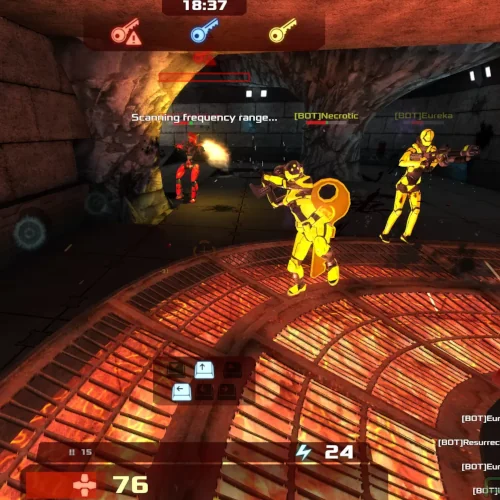It's Easy Getting Intel Graphics To Work On SteamOS

Initially when trying to use Intel Ivy Bridge and Haswell HD Graphics on SteamOS, on boot it would just be a black screen... My experiences were also the same as what others have reported. Fortunately, with being well experienced with Linux graphics driver issues, etc, it was easy to figure out and correct the problem.
SteamOS is forcefully disabling the DRM drivers from providing kernel mode-setting support. The open-source Intel, Radeon, and Nouveau (NVIDIA) drivers effectively require kernel mode-setting (KMS) for any level of graphics support on the modern Linux desktop, but SteamOS is setting nomodeset when booting the kernel.
The nomodeset kernel option disables support for KMS and thus we get no kernel mode-setting out of any of the drivers. The nomodeset option is used for disabling KMS support when using the binary NVIDIA and AMD Catalyst graphics drivers so that the DRM/KMS drivers don't take control of the GPU when the binary blobs are at play.
To workaround this issue in SteamOS 1.0 Beta, one approach is to simply edit the /boot/grub/grub.cfg file and remove the traces of nomodeset from the kernel lines in that file. With nomodeset references removed from the file, reboot and your system should be in good shape. The more long-term approach is to edit the /etc/default/grub file and remove nomodeset and then run sudo update-grub. This second approach will ensure that even when performing kernel upgrades or other updates to SteamOS, the disabling of kernel mode-setting doesn't happen. For editing the files you can install gedit from the Wheezy repository if you want a GUI editor or nano is installed by default for text editing on SteamOS.
After getting rid of nomodeset, SteamOS happily booted up and into Steam Big Picture mode. Mesa 9.2.2 is shipped by default on SteamOS at the moment. Hopefully Mesa 10.0 will be pushed soon since it has OpenGL 3.3 support, Radeon / Intel / Nouveau performance improvements, and other new features.
Stay tuned for more SteamOS benchmarks -- besides this morning's 7-Way NVIDIA SteamOS graphics card comparison. I do have a Windows 8.1 vs. SteamOS comparsion that's forthcoming on Phoronix.
9 Comments

